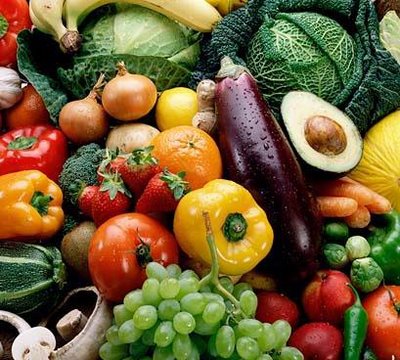Did you ever try a diet and discovered that your friend lost weight on it but you didn’t lose weight? Did you ever wonder why some people can eat junk food and never gain an ounce but if you are within a mile of a donut the weight comes on?
For over 100 years the dietary advice was simple: calories in and calories out—move more and eat less. It turns out that our body isn’t as simple as a machine and that different people react differently to different foods.
Some people’s blood sugar response to a specific food is higher than others. If you have a high blood sugar response those foods tend to add weight. For example, some when they eat whole-grain bread have high levels of blood sugar and others have much lower levels. There is no uniform response of all people to all foods. For some, sushi provides a higher blood glucose response than bread.
The glycemic index and glycemic load diets predicted this but were incorrect in making the tables. That is, those tables were based on the response of a few individuals, and now we know that not everyone responds the same.
What affect your response to food is not only genetics, but the bacteria in your guts, and the things that you have eaten with them, and the history of what you have eaten.
So how do you decide?
First, there is no company that has anything to offer. While genetic testing can offer some insight , it cannot tell you if the bacteria in your gut. The bacteria in your gut break down foods, and how they break down those foods also determine how they are taken up by your body and the response your body has. Personalized diet advice based on a laboratory test may be in the future, but there is no one that can offer it currently.
For example: feed someone whose family comes from Italy dairy products and they will more likely gain weight. Feed someone from Scandinavia a high dairy diet and they will lose or maintain weight. Feed an Alaska Native a high carbohydrate-low fat diet and they will likely gain weight. Feed an Alaska Native a high fat and high protein diet and they will do fine.
Here is the best plan:
Five servings of vegetables daily, and a serving is about ½ cup of uncooked vegetables.
Add some lean proteins in limited quantities from there and see how you do with those (fish typically works best).
Weigh weekly. Add things every week to your diet to see if you have made progress in terms of if you gain or lose.
The way the personalized diet did was to see how people’s blood glucose responded to what they ate. If their glucose went up rapidly then those foods were removed or altered.
Confused? No one bit of dietary advice fits all – but usually people can tell you what works with them and what doesn’t work.
This is why most diet centers do not work for all. Pre-packaged food may not contain the right ingredients, even in the proper portions. But a comprehensive program based upon what works for an individual – and guided by a willing participant will work.
REFERENCE:
Personalized Nutrition by Prediction of Glycemic Responses. Zeevi, David et al. Cell , Volume 163 , Issue 5 , 1079 – 1094


